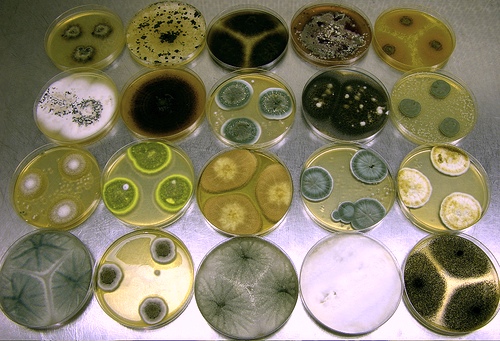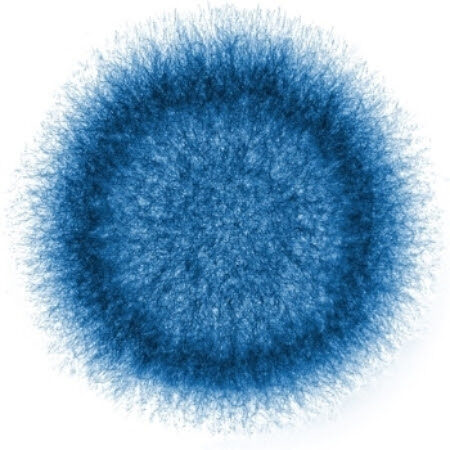
Aspergillus mold is a common type of fungus that can be found both indoors and outdoors. While it plays a vital role in the ecosystem by breaking down organic material, certain species of Aspergillus can pose significant health risks to humans, especially when they proliferate in indoor environments. Understanding Aspergillus mold, its potential impacts, and effective remediation strategies is essential for maintaining a healthy living or working space.
Aspergillus is a genus comprising several hundred species of mold, with some of the most prevalent being Aspergillus fumigatus, Aspergillus flavus, and Aspergillus niger. These molds thrive in environments rich in organic material and moisture, making buildings with poor ventilation, high humidity, or water damage prime targets for their growth.
Key Characteristics of Aspergillus Mold:
Exposure to Aspergillus mold can lead to a range of health issues, particularly for individuals with compromised immune systems or pre-existing respiratory conditions. The severity of symptoms often depends on the extent of exposure and the individual’s sensitivity.
Health Risks Associated with Aspergillus Mold:
* Allergic Reactions:
– Chronic bronchitis or pneumonia, especially in immunocompromised individuals.
* Aspergillosis:
Early detection of Aspergillus mold is crucial in preventing its spread and mitigating health risks. Recognizing the signs of its presence can help in taking timely action.
Signs of Aspergillus Mold Presence:
Methods for Detection:
Prevention is the cornerstone of effective mold management. By controlling the environmental factors that favor mold growth, you can significantly reduce the risk of Aspergillus proliferation.
Effective Prevention Strategies:
– Maintain indoor humidity between 30-50%. – Use dehumidifiers in damp areas.
– Install exhaust fans in bathrooms and kitchens. – Use ventilation systems in basements and attics.
– Repair any water leaks in roofs, windows, or pipes immediately.
– Incorporate mold-resistant drywall and paints in construction or renovation projects.
– Clean and d
When prevention measures fail and Aspergillus mold becomes established, professional remediation is often necessary to ensure complete removal and prevent recurrence. Attempting to remove mold without proper expertise can exacerbate the problem and pose additional health risks.
Steps in Professional Mold Remediation:
At [Your Company Name], we specialize in comprehensive Aspergillus mold remediation services tailored to meet your specific needs. Our team of certified professionals utilizes advanced techniques and equipment to ensure the effective removal of mold and the restoration of your property to a safe, healthy state.
Our Services Include:
– Detailed assessments to identify mold species and contamination levels.
– Tailored strategies to address the unique challenges of your property.
– Utilization of HEPA filtration, antimicrobial treatments, and other cutting-edge methods.
– Ensuring that mold levels are reduced to safe standards through thorough testing.
– Implementing measures to prevent future mold growth, including moisture control and ventilation improvements.
Engaging professional services for mold remediation is essential for several reasons:
– Professionals possess the knowledge and skills to handle various mold-related challenges effectively.
– Proper remediation minimizes health risks associated with mold exposure.
– Addressing not just the mold itself but also the underlying causes to prevent recurrence.
– Ensuring that remediation efforts meet local and federal health and safety standards.
1. How quickly should I address a mold problem once discovered?
Immediate action is recommended to prevent the spread of mold and mitigate potential health risks. Delaying remediation can lead to more extensive contamination and higher remediation costs.
2. Can I remove Aspergillus mold myself?
While small mold patches can sometimes be cleaned by homeowners, Aspergillus mold often requires professional remediation to ensure complete removal and address underlying moisture issues.
3. How long does the mold remediation process take?
The duration varies depending on the extent of contamination and the size of the affected area. A professional assessment will provide a more accurate timeline.
4. Will my insurance cover mold remediation?
Coverage depends on your insurance policy and the cause of the mold problem. It is advisable to review your policy and consult with your insurance provider.
5. How can I prevent Aspergillus mold from returning?
Implementing effective moisture control, ensuring proper ventilation, and conducting regular inspections are key to preventing mold recurrence.
Don’t let Aspergillus mold compromise the safety and health of your environment. Trust the experts at [Your Company Name] to provide comprehensive mold remediation services that restore your property to a safe, mold-free state.
Contact us today for a free consultation and take the first step towards a healthier living or working space.
Aspergillus mold is a pervasive threat that requires prompt and professional attention to ensure the safety and well-being of occupants. By understanding its characteristics, recognizing the signs of its presence, and implementing effective remediation strategies, you can effectively manage and eliminate this mold from your environment. Partnering with a trusted mold remediation service ensures that the problem is addressed thoroughly and sustainably, providing peace of mind and a healthier living or working space.



